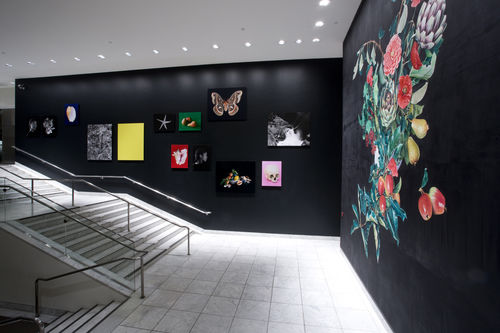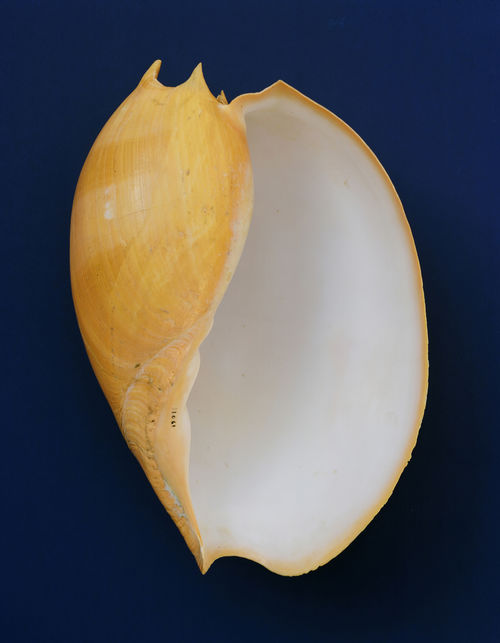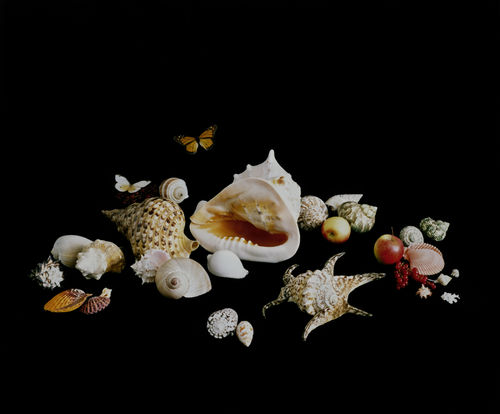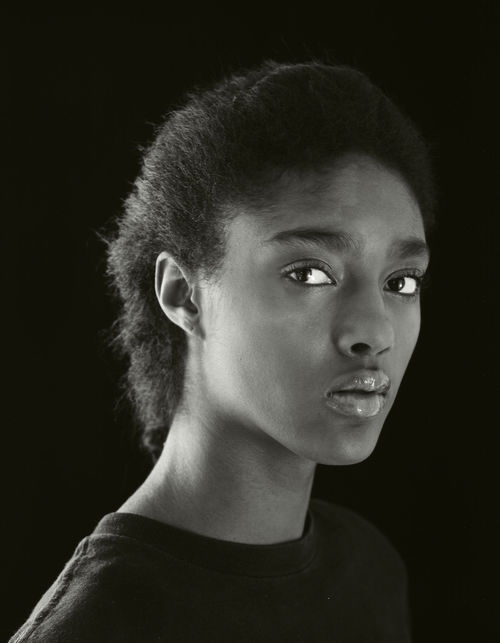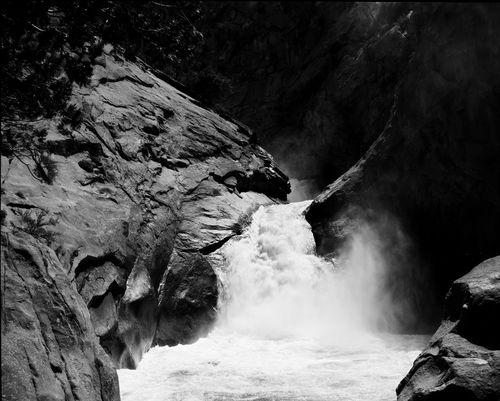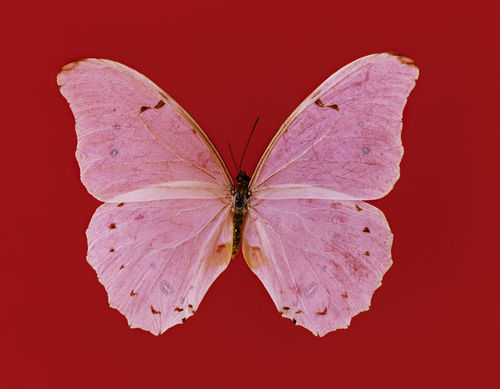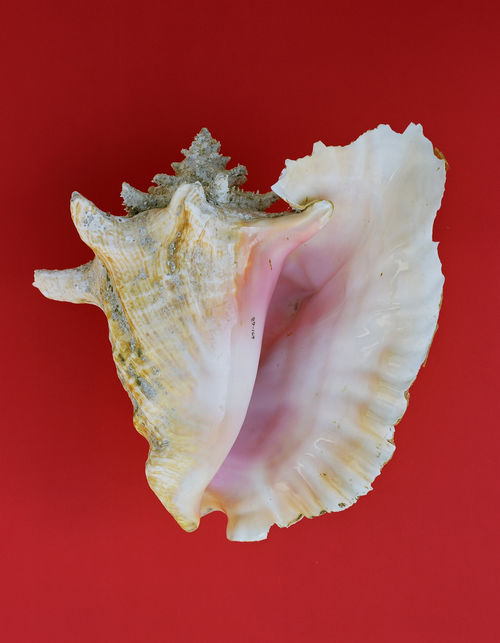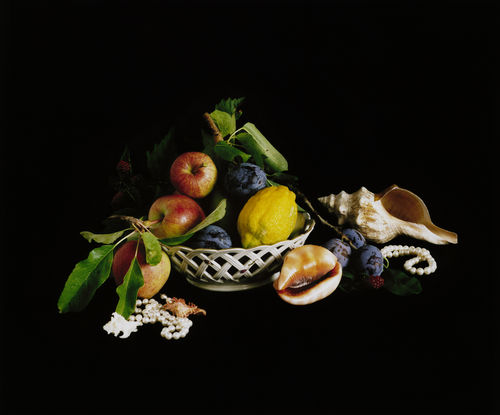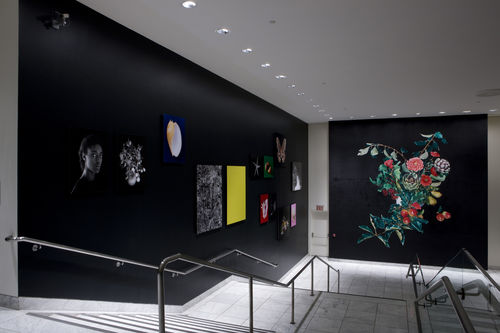
Hammer Projects: Shirana Shahbazi
- – This is a past exhibition
Zurich-based artist Shirana Shahbazi's photographs capture the quotidian moments of life whether it's a close–up of a gem, a still life, a fallen bird or a portrait of a young girl. She often transforms her photos by hiring commercial sign painters to reinterpret the imagery or commissioning carpet-makers in her native Tehran to weave the pictures into small carpets. During her stay in Los Angeles as a Hammer artist-in-residence, Shahbazi explored the city and developed a new body of work that captures Los Angeles and its surroundings. Her project for the Lobby Wall incorporates several of these new photographs as well as a wall-size painting made by Iranian sign painters, after one of her photographs.
Organized by Hammer curator Ali Subotnick.
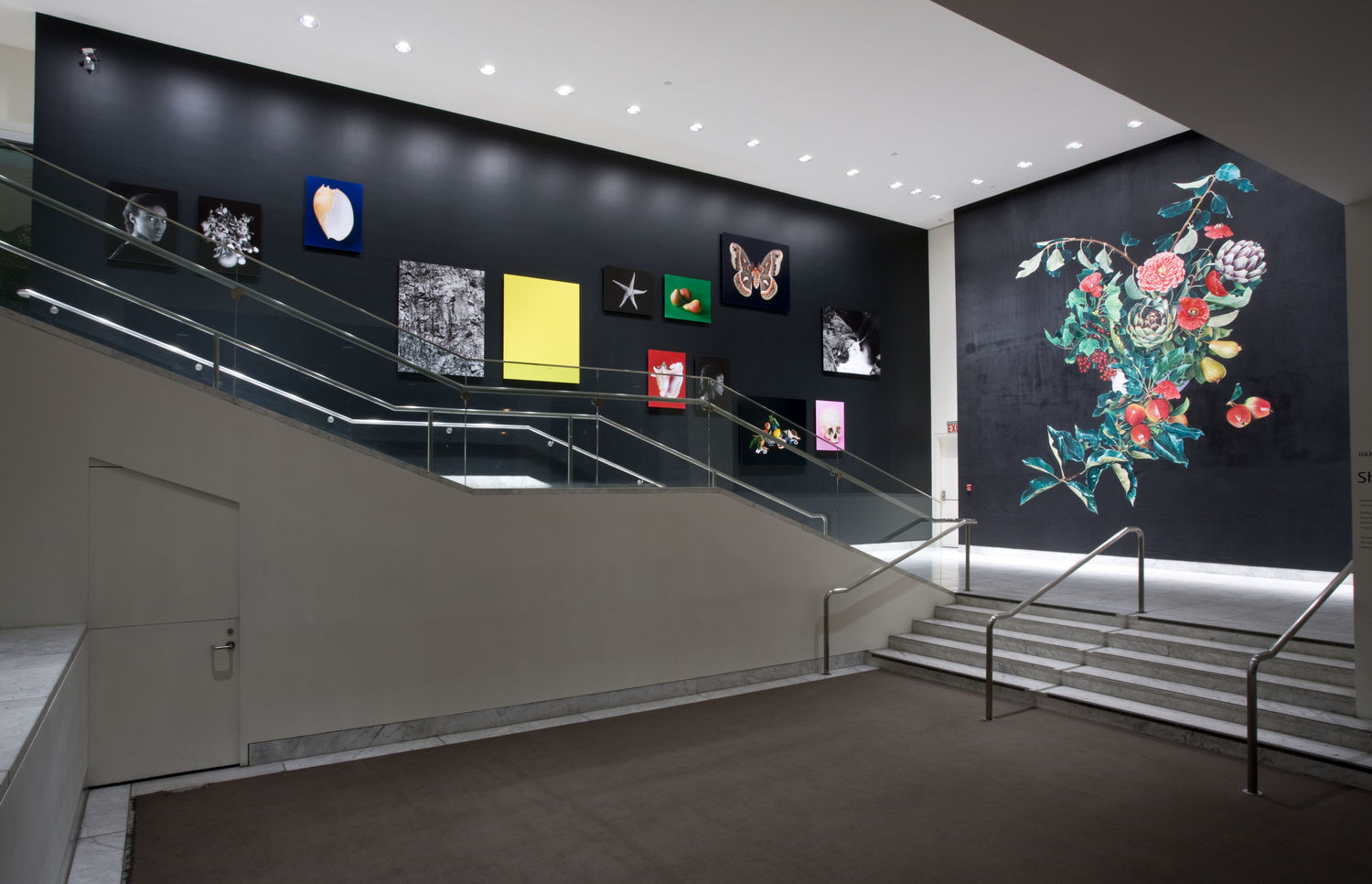
Essay
By Chris Balaschak
Shirana Shahbazi’s photographs draw attention to photography under normal conditions.1 But what are the normal conditions of photography? Shahbazi answers the question through the presentation of photographic sequences. She has formed a practice that reads like a notebook on the conditions of photographic meaning. A book she produced in 2001, Goftare Nik/Good Words, established this methodology. The book contains an unbroken sequence of full-bleed color photographs Shahbazi took in her homeland, Iran. (The images are part of a larger project with the same title, undertaken between 1999 and 2003.) Despite the potential political weight of the subject matter, the sequence results not in a political statement, but in a series of views of the normal, everyday life of contemporary Iranians. Goftare Nik illustrated how the camera, in the hands of a citizen rather than the state, might delineate a sense of place outside of ideology.
The everyday is a common theme in Shahbazi’s work. Whether she is working in the western United States, Shanghai, her current home of Zurich, or elsewhere, Shahbazi has a sense for capturing the quotidian. Yet the books and finely tuned installations that result from these travels yield other motives. While her images may entice us with a sense of place, the sequences she presents become their own unique places of meaning. Consisting of a selection of photographic genres, and occasionally photographs translated into painting (sometimes then translated back to photography), these sequences are an analytical reflection of photographic media. Engaging its myriad forms, Shahbazi uses presumably “normal” photography to underscore the constructed nature of photographic meaning.
In a recent series, Meanwhile (2007–8), Shahbazi employed three common genres of documentary photography: landscapes, portraits, and still lifes. The three read like a prescribed list of activities for any amateur photographic practice. In her hands, however, the photographs are exquisitely produced, with a sense of crisp commercial production. As such, Meanwhile transformed a series of generic images into a comment on the most banal possibilities of photographic technology. Echoing statements by Roland Barthes, Shahbazi commented recently, “Photography is a simple, stupid medium.”2 In fact, photography is dumbfounding; it communicates in a purely visual language. Yet, without a frame to contextualize these visions, photography fails to speak.
Most recently for Shahbazi, that context has been the normalized cultural forms of photography, those genre images of landscape, portrait, and still life whose history lies less with photography than with painting. Yet her photographs draw our attention to the limits of those genres. With the still lifes, Shahbazi takes her cue from seventeenth-century Dutch painting, capturing natural curiosities: orchids, minerals, fruits, vegetables, and so on. Unlike her Dutch predecessors, however, she presents these vignettes floating on a monochromatic background, excised from their origins as Protestant images of exoticism. The portraits and landscapes are haunted by similar displacements. In Shahbazi’s hands, portraits of certain individuals are repeated throughout a larger sequence. Each portrait is taken from a slightly different angle. Across these movements, the viewer becomes uncertain if the artist or the sitter has changed position; identities become confused, and the photographic portrait’s sense for capturing individuality is exiled across a series of photographic events. The landscapes from Meanwhile, in contrast, are less subjective than placeless. To borrow a term used by German photographer Michael Schmidt to describe the places that he has photographed, the landscapes in Shahbazi’s photographs are irgendwo (somewhere), thus lacking particularity.3 While we cannot deny the indexical nature of her landscape photographs, we are also struck by how their sense of place escapes specificity. Despite engaging a history of representational imagery that spans many media, Shahbazi, in her use of these genre images, displaces painting’s subjectivity and historicity for photography’s immediacy.
Shahbazi’s photography is not, however, completely divorced from its sister arts. One of the notable characteristics of her practice, and a by-product of her desire to elicit photography’s normalcy, is her interest in translating photography into painting. Working with billboard painters in Iran, Shahbazi displaces her own perfected photographic images and replaces them with another author’s hands. The act recalls John Baldessari’s Commissioned Paintings (1969), when the brazen conceptualist commissioned amateur painters to translate his stale photographs of pointing fingers into meditations on authorship. Yet with Shahbazi the subjects are different. Her photographs are pauses in a strata of imagery often valued for verisimilitude. In their conversion to paint, photographic “truth” reverts to analog interpretation, as she reminds us that the photographic frame is lined with a subjective edge.
Shahbazi’s methodological engagement with documentary photography finds its apogee in the recent work she has installed in the Hammer Museum’s Lobby Gallery. Here she continues her use of photography in myriad forms, displaying landscapes, portraits, and still lifes. What is revealed is a selection of photographic forms that elicits the medium’s historical ties to nineteenth-century classificatory systems.
The landscapes, taken in Kings Canyon, in the southern Sierra Nevada, cannot help but collide with a history of photography in the West that solidified the exoticism, and subsequent tourism, of the land. Evoking expeditionary imagery by nineteenth-century photographer William Henry Jackson, Shahbazi’s photographs view the landscape through the prism of history. The still lifes, furthermore, include specimens from the Natural History Museum of Los Angeles County. They are specimens not unlike those collected during nineteenth-century expeditions to the American West. In both the still lifes and the landscapes, Shahbazi presents a California that has been scientifically codified.
As with Goftare Nik, the various forms of photography in the Hammer’s lobby evoke a sense of place that is not necessarily native and Californian. Rather, the places Shahbazi evokes are those normal places in which we experience photography, as in the genres of landscape, portraiture, and still life, which we value as historical documents. Shahbazi uses the camera to point us toward particular objects, but also to draw our attention toward particular types of photography. She sees photography as a systematic technology that has become a normal part of cultural history since its invention in 1839, thus acknowledging the medium’s centrality to our social knowledge.
Notes
1. This is a sentiment reiterated by a number of writers; see Ali Subotnik, “Seeing Things,” in Meanwhile (London: Barbican Art Gallery, 2007), unpaged, and Christy Lange, “I Am an Image,” Frieze, no. 113 (March 2008): 122–25.
2. Tim Teeman, “The Epic in the Everyday,” Times (London), February 4, 2006. In “The Third Meaning,” Barthes, anticipating Camera Lucida, searches for photography’s “idiolect,” an obtuse, aberrant, and even traumatic meaning defined in part by the medium’s “stupidity” (“The Third Meaning,” in Image, Music, Text, trans. Stephen Heath [New York: Hill & Wang, 1977], 52-68).
3. Michael Schmidt, Irgendwo (Cologne: Snoeck, 2005).
Chris Balaschak is a writer and PhD candidate in the program in Visual Studies at the University of California, Irvine.
Hammer Projects is made possible with major gifts from Susan Bay-Nimoy and Leonard Nimoy and The Horace W. Goldsmith Foundation.
Additional generous support is provided by the Los Angeles County Arts Commission, Good Works Foundation and Laura Donnelley, the David Teiger Curatorial Travel Fund, and Fox Entertainment Group’s Arts Development Fee. Gallery brochures are underwritten in part by the Pasadena Art Alliance.
Hammer Projects: Shirana Shahbazi is presented through a residency at the Hammer Museum. The Hammer Museum’s Artist Residency Program was initiated with funding from the Nimoy Foundation and is supported through a significant grant from the James Irvine Foundation.



